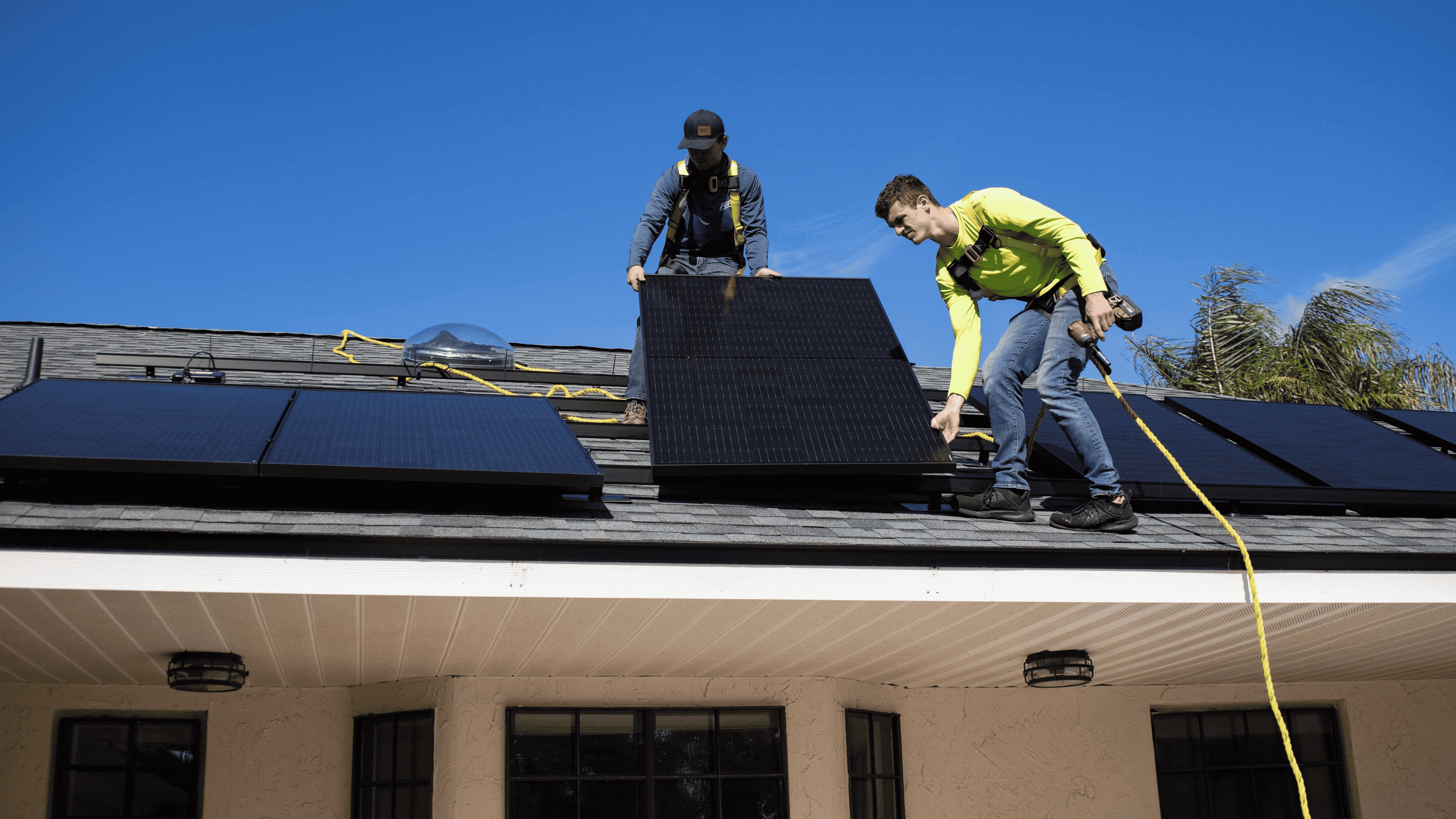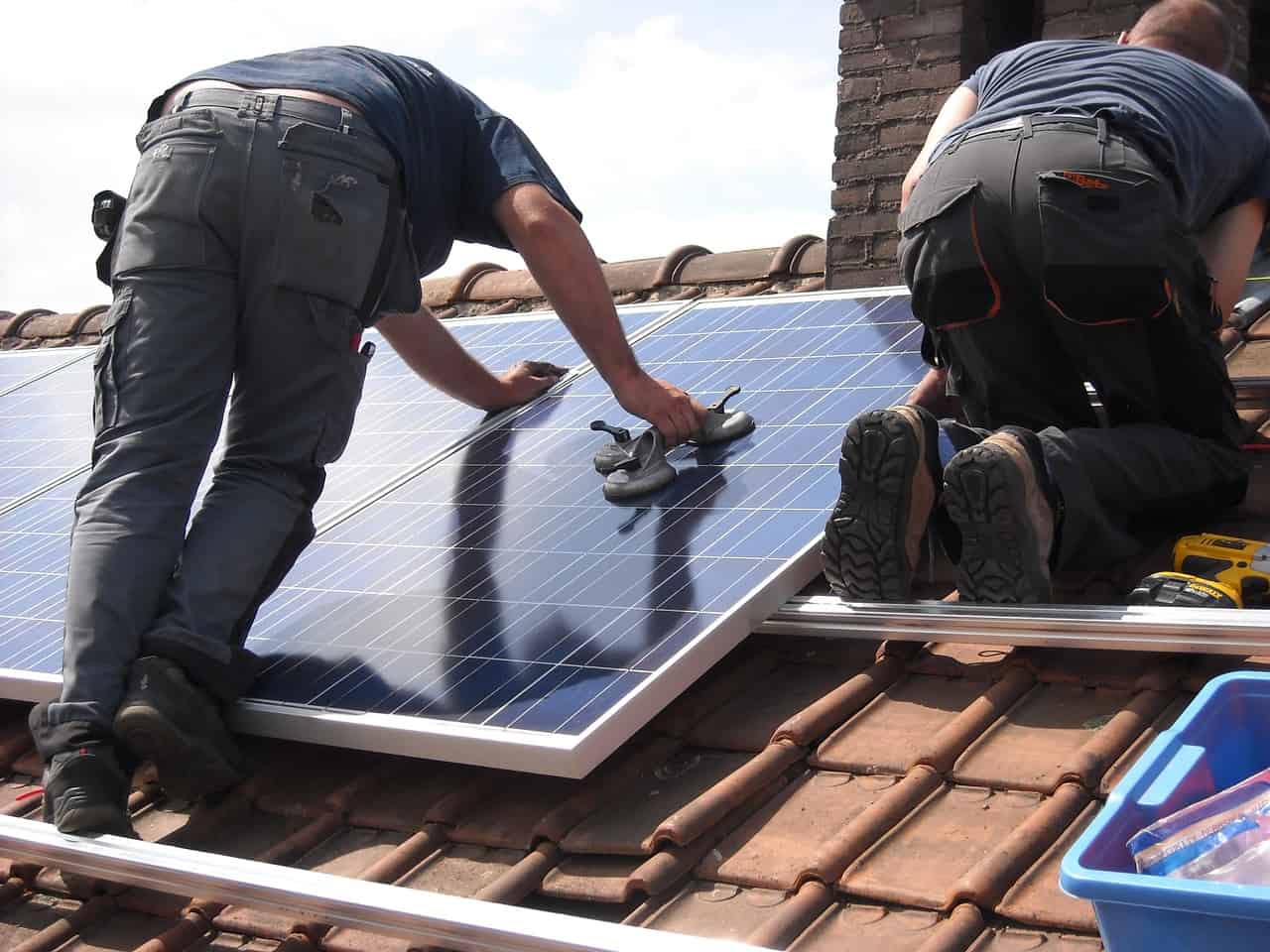The weeding robot from Switzerland’s Ecorobotix is basically an autonomous four-wheeled agricultural vehicle that looks like a kind of foldable trailer. Solar panels are mounted on the flat part of the vehicle.
Precision Technology
The design and development of this agricultural robot comes from Ecorobotix, a Swiss start-up. The Avo,, as the futuristic machine is called, crossed the border for the first time this week and was presented in Italy.
The vehicle is fully automatic and can drive autonomously into a field to tackle cropland weeds as their young shoots emerge, among other things. Thanks to precision technology, the robot can eradicate weeds by applying precisely measured amounts of pesticides to the exact spot where they are. The Avo detects the weeds and selectively sprays them with a micro-dose of pesticide – which is sometimes euphemistically called crop protection agents. This means that much less pesticide is needed. A reduction of 95% according to the manufacturer.
Four-wheel drive
The Avo operates completely autonomously and is powered by solar energy and rechargeable batteries. Before using it, the farmer needs to input all relevant information, such as what the field looks like and exactly where the crops are planted. The robot’s computer system then generates a navigation path taking into account the confines of the field and other inputs. By combining GPS and visual navigation, the AVO is able to navigate with a high degree of precision, which should prevent crops from being knocked over, among other things. This video clearly shows how the weeding robot moves.
The robot can tackle up to 10 ha per day – depending on the level of solar power, battery charging capacity and terrain conditions.
The robot has a four-wheel drive and each wheel can autonomously turn 360 degrees. This enables it to avoid obstacles. Because all four wheels can be controlled independently, the Avo has high maneuverability and a short rotation circle. This means that there are few parts of the field that cannot be worked. Traditionally, the farmer drives a tractor with a line of sprayers behind it, perpendicular to the direction of travel. Pesticides tare then sprayed onto the land like a shower.
The Avo is reasonably fast and has a standard turnaround of 0.6 ha per hour. The robot can also work at night, which increases its daily processing capacity. Depending on the amount of sunlight for the solar panels,, battery charging capacity, and terrain conditions, the robot is capable of tackling up to 10 hectares per day (including nighttime operation).
Also read about how agricultural machinery can be used on individual plants.






